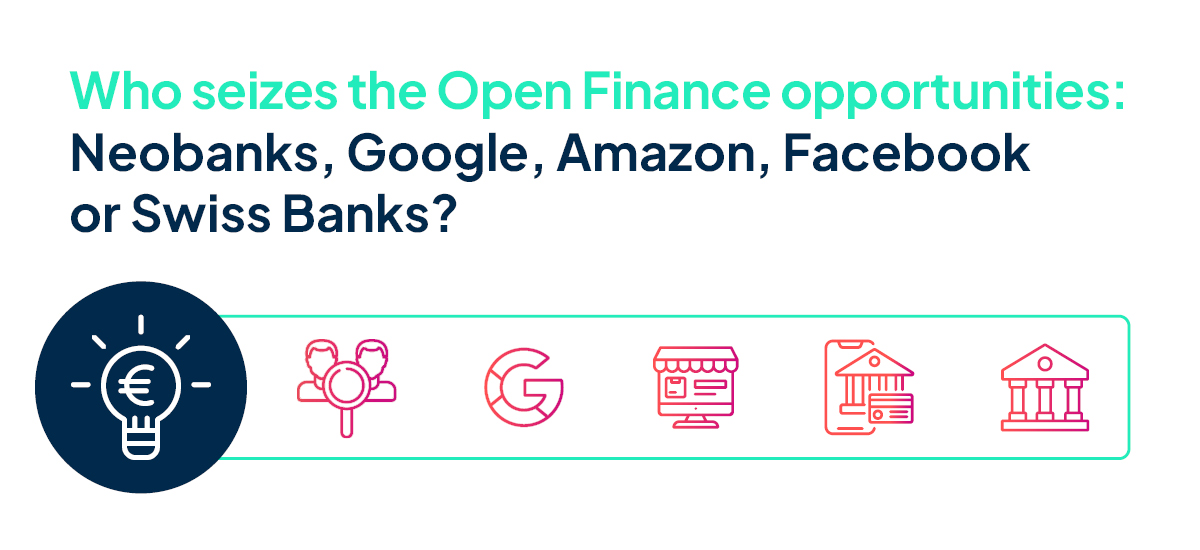Open Finance lays the foundation for yet another new, customer-centric world of financial services. By opening up access to financial data and account functions, third-party providers can develop a wide range of products and services for financial customers – and provide access to them via their regular bank account.
This includes Open Banking, i.e. services related to account information (e.g., data evaluation) and account functions (e.g., payment initiation), which provide the basis for services such as multibanking. In fact, multibanking improves these services even further by allowing customers to manage third-party accounts centrally via their bank’s e-banking system. The comprehensive database with access to all account transactions enhances the quality of analytics and personalised offers.
Contovista actually already offers multibanking and uses the Swiss bLink ecosystem for this purpose. Beyond Open Banking, Open Finance also includes insurance companies, pension funds and, at first glance, non-banking services.
In the future, customers will be able to manage everything to do with their finances, and in some cases even beyond them, on the same platform – and at their main bank. They will enjoy a convenient digital user experience, real-time service when applying for a loan, for example, and relevant personalised offers. In turn, financial institutions increase their efficiency, reduce costs, drive sales and, last but not least, boost customer satisfaction.

